


Botanic Garden consists of outdoor Display Garden reproducing the Korean traditional garden with native plants, and Conservatory exhibiting plants from 12 tropical and Mediterranean cities. Other attractions include the Kid's Garden School and Magok Cultural Hall (previous pump station).
Main Facilities
Botanic Center, Kid's Garden School, Magok Cultural Hall (previous Yangcheon Drainage Pump Station)
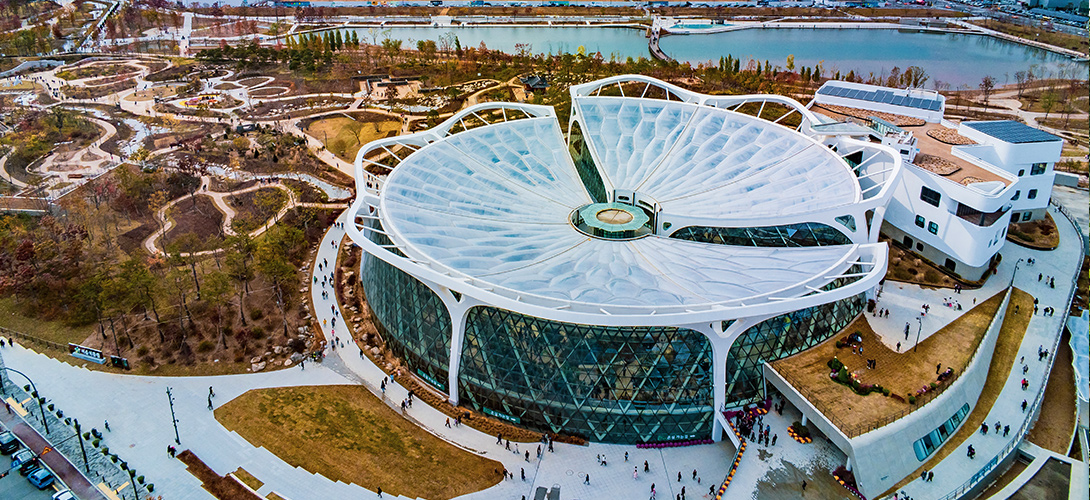



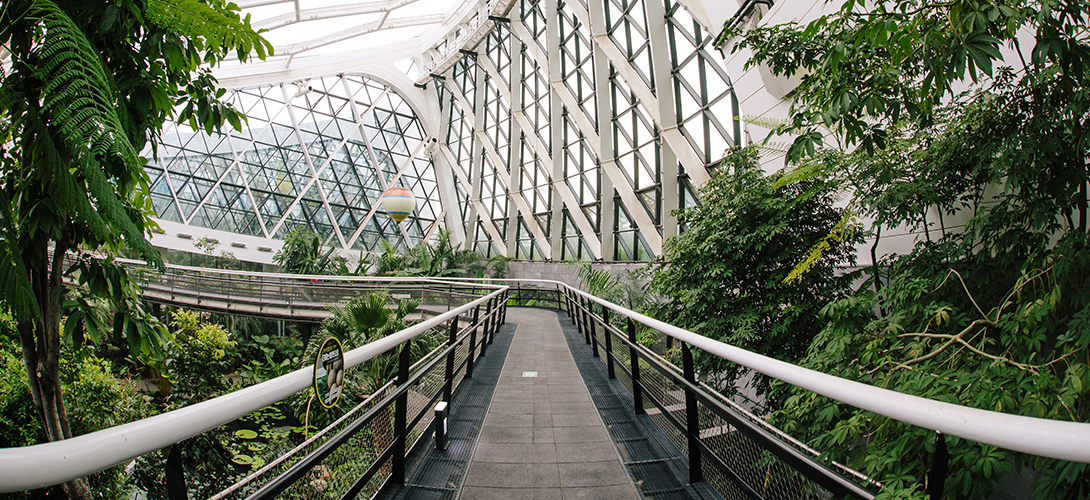
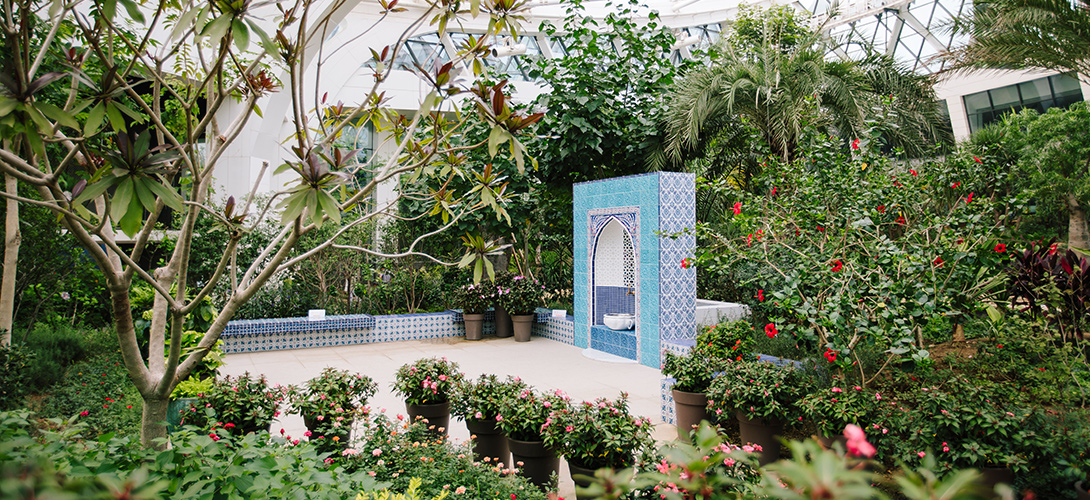
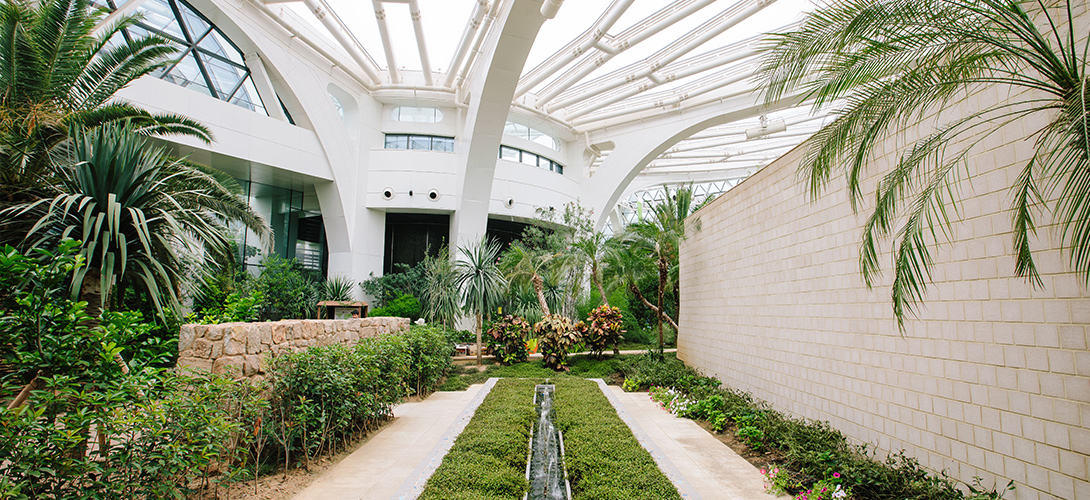
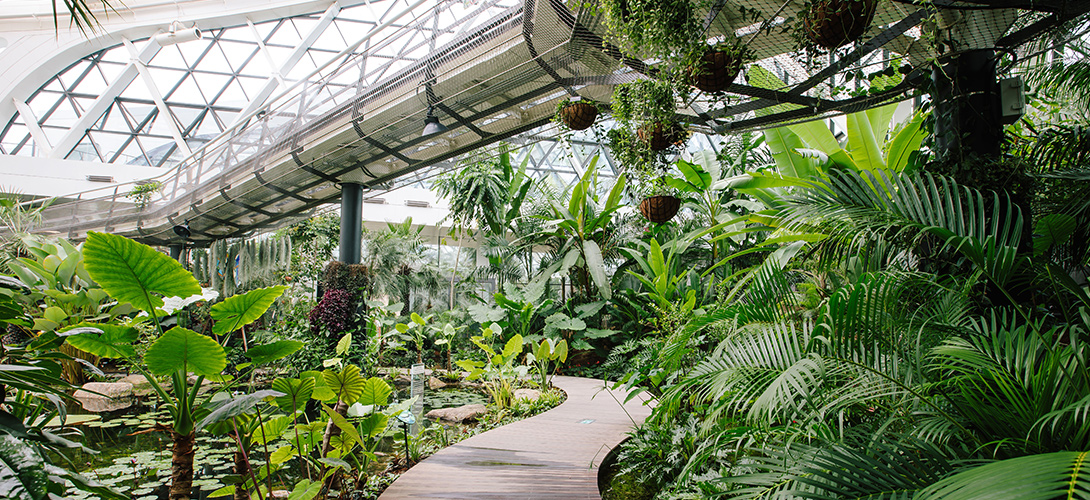
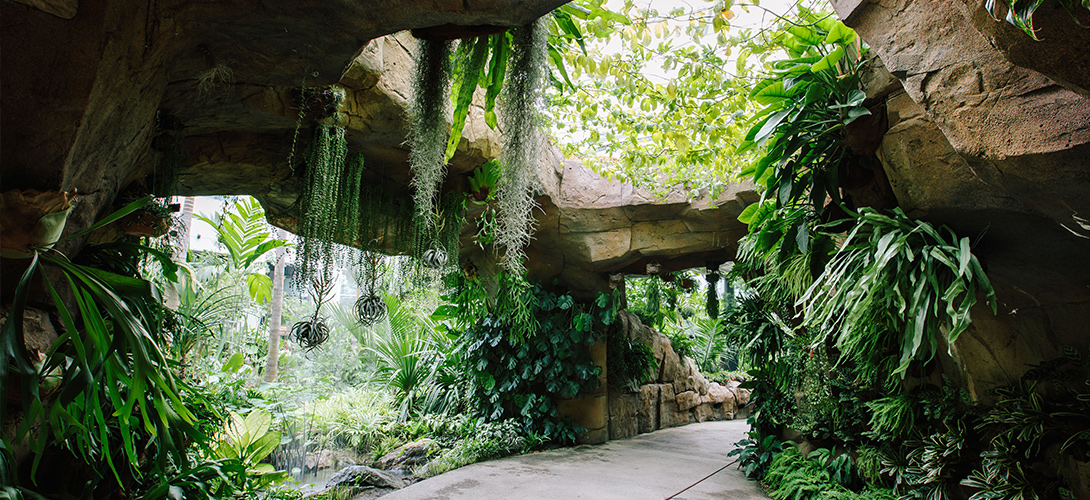
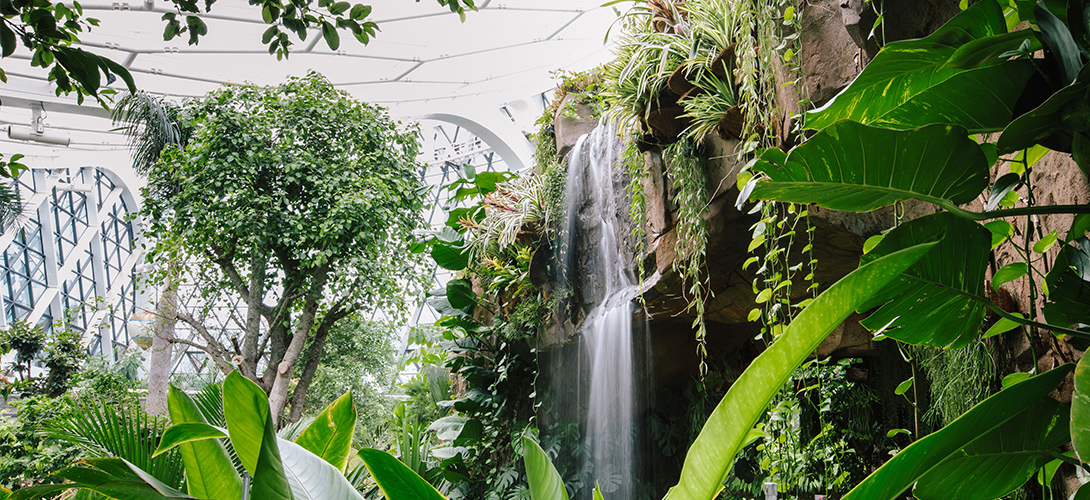
Vietnam is located in the center of Southeast Asia, bordering China, Laos and Cambodia. The northern region has a tropical monsoon climate with four seasons, and the southern region has a tropical climate with two seasons (rainy and dry). The Red River in the north and the Mekong River in the south form a large river stream through Vietnam. Three-quarters of Vietnam's land is hilly with slopes, with complex terrain and varied climates. It has as a large coastal area and thousands of islands, which are entirely made up of forests having high biodiversity.
Indonesia is a country consisting of 17,000 large and small islands along the equator, of which the climate is almost entirely tropical with dry and rainy seasons, sometimes influenced by numerous volcanic activities. A variety of biota is observed in the regions adjacent to the Australian continent. Indonesia is characterized to achieve the world's highest levels of biodiversity supported by its size, geography, and various terrains (e.g., tropical rain forests, savanna, alpines, swamps and coastal areas). While blessed with the world's largest mangrove forest, it is also home to unusual and exceptional plants, which include Nepenthes (monkey cup), Amorphophallus titanium (titan arum) and Rafflesia arnoldi.
Brazil is the largest country in South America, covering approx. 50% of the continent's land area. It has a dense and complex system of rivers with eight major rivers including the Amazon. There is the world's largest freshwater wetland area, the Pantanal, which accounts for roughly 20% of the freshwater in the world. Although most of the country is tropical, the temperate zones are located in the south of So Paulo. The Amazon rainforest, also known as the Lungs of Earth, is the most biodiverse region on earth, providing shelter to nearly 10% of the species of plants and animals in the world. It is believed there are still lots of plants not yet discovered.
Colombia is a country located near the equator in northwestern South America. It is named after Christopher Columbus, who discovered the South American continent. The climate of Colombia is characterized for being tropical as it is at the Intertropical Convergence Zone where the trade winds converge. The Andes mountain range region includes most of the metropolitans. Colombia's territory encompasses various natural regions with their own unique characteristics, such as the Amazon rainforest, tropical grasslands and tropical deserts, while it is bordered by the Pacific Ocean and the Caribbean Sea. Colombia is home to nearly 10% of the species on earth; it is also the country with the most endemic species in the world.
Spain is a country in Southwestern Europe with the territory situated on the Iberian Peninsula. It is bordered to the north by Andorra and France, and to the west by Portugal. Spain is a mountainous country in which 1/3 of the mainland is dominated by mountain chains. Most of the country is Mediterranean, characterized by warm/hot and dry summers, while northern Spain is home to deciduous forests and grasslands. Spain's traditional agricultural products include grains in the northern plateaus due to drastic temperature swings, as well as grapes, oranges and olives in Andalusia in southern Spain blessed with fertile land.
As the 14th largest city in the USA, San Francisco is home to a variety of plant species owing to its diverse range of habitats from alpine heaths to deserts. It has a remarkably mild year-round climate as strongly influenced by warm currents. California redwoods (sequoia trees) can be easily found in San Francisco, which are the tallest living trees reaching up to 111m. One of the famous trees is named General Sherman it is the largest known living tree on Earth by volume. The desert region provides shelter to numerous California poppies, the state flower of California.
Italy is a country consisting of a bot-shaped peninsula with a coastline of approx. 1,100km, which juts out of the European continent to the southeast - into the Mediterranean Sea. Italy generally fits the Mediterranean climate profile, mild and warm throughout the year, as it is in a region of 36 degrees to 47 degrees north latitude. Over 35% of the Italian territory is mountainous with an altitude of 700m. Olive trees and cypresses grow in the Alpine basin, cork oaks and Aleppo pines in the Mediterranean basin, and chestnuts, oaks and white poplars in the southern highlands.
Uzbekistan is a landlocked country in Central Asia and has an arid continental climate, thus most of its territory is very dry and it almost never rains. The representative plant of Uzbekistan is cotton - cotton production in Uzbekistan accounts for at least 60% of world production. It is a country that also has a high level of biodiversity of flora including desert and highland plants.
Situated on the southern tip of the Balkans, Greece shares land borders with Albania, Bulgaria and Turkey. As it consists of a mountainous mainland, Greece features a variety of climates. Plants mainly growing in the low-lying area include poplars, oaks, and cypresses, but the representative crops in Greece are grapes and olives due to its hot and dry summers. The famous Greek mythology tells us legends of plants we can see common in Greece such as hyacinth, cypress and anemone.
Australia is a country comprising the mainland of the Australian continent and the sixth largest country in the world. With very unique biota including 700 species of eucalyptus trees and 1,000 species of acacias (commonly known as wattles), Australian forests are mostly, at least 80%, made up of eucalyptus trees with the remaining 20% occupied by wattles, paperbarks, cypresses, mangroves and rainforests. In Perth, located at the western tip of the continent, thousands of wild flowers bloom from June to September.
Turkey is a transcontinental country between Southwest Asia and the Balkan Peninsula in Southeastern Europe, with considerable species diversity from the Mediterranean vegetation to dry grassland vegetation in inland areas. It is a Country of Flowers where flowers accompany the daily lives of Turks. Various flora originated from the East and West, such as poppies, roses, lavenders and tulips, which grow together in the mainland of Turkey.
Republic of South Africa (RSA) is the sourthernmost country in Africa bordered by the neighbouring countries of Namibia, Botswana and Zimbabwe. RSA is particularly rich in plant diversity - with about 10% of all the known species of flowering plants, it has a diverse range of habitats including UNESCO-listed Table Mountain National Park, Fynbos, forests, grasslands, savannas, desert areas, coastal forests and magnificent mountains.